
The University of Otago is a public research collegiate university based in Dunedin, Otago, New Zealand. Founded in 1869, Otago is New Zealand’s oldest University and one of the oldest universities in Oceania.

Dunedin is the second-largest city in the South Island of New Zealand, and the principal city of the Otago region. Its name comes from Dùn Èideann, the Scottish Gaelic name for Edinburgh, the capital of Scotland. The city has a rich Scottish, Chinese and Māori heritage.

Hillside Engineering Group is a trading division of the rail operator KiwiRail in Dunedin, New Zealand. Most of its work is related to KiwiRail, but it also does work for the marine industry in Dunedin. On 19 April 2012 KiwiRail announced it was putting Hillside on the market for sale. In November 2012 KiwiRail announced it had sold part of the business to Australian firm Bradken, and the rest would be closed. The workshops continued to be used for some maintenance work by Kiwirail with a skeleton staff. In October 2019, the New Zealand Government announced that it would be investing NZ$20 million into revitalising Hillside Engineering as a major mechanical hub and engineering facility to service Kiwi Rail's locomotives and rollingstock.
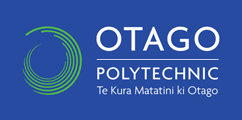
Otago Polytechnic was a public New Zealand tertiary education institute, centred in Dunedin with additional campuses in Cromwell and Auckland. Otago Polytechnic provided career-focused education and training, offering a range of New Zealand accredited postgraduate qualifications, degrees, diplomas and certificates at levels 2–10. In November 2022, it was formally merged into the new national mega polytechnic Te Pūkenga, ending its existence as an independent entity.

Auckland City Hospital is a public hospital located in Grafton, Auckland, New Zealand. It is the largest hospital in New Zealand, as well as one of the oldest medical facilities in the country. It provides a total of 1,165 beds. It was established in 2003 as an amalgam of Auckland Hospital, Starship Hospital, Green Lane Hospital and National Women's Hospital. Public hospitals in Auckland have been run by Te Whatu Ora – Health New Zealand since 2022.

Cadbury World is a visitor attraction in Bournville, Birmingham, England, featuring a self-guided exhibition tour, created and run by the Cadbury Company. The tour tells the history of chocolate, and of the Cadbury business.
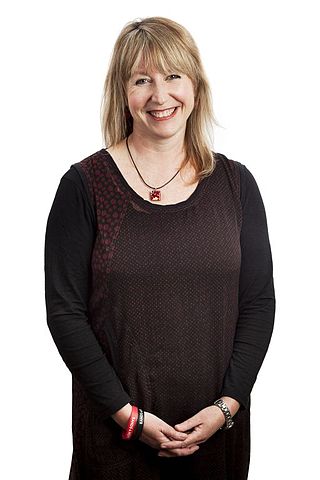
Clare Elizabeth Curran is a New Zealand former politician who served as a member of the New Zealand Parliament for Dunedin South from 2008 to 2020. She was the Minister of Broadcasting, Communications, and Digital Media and Associate Minister for the Accident Compensation Corporation in the current Labour-led coalition government. Curran retired from politics at the 2020 general election.
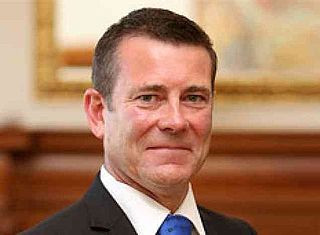
Michael Allan Woodhouse is a National member of the New Zealand Parliament.

Christchurch Hospital is the largest tertiary hospital in the South Island of New Zealand. The public hospital is in the centre of Christchurch city, on the edge of Hagley Park, and serves the wider Canterbury region. The Canterbury District Health Board (CDHB) operates the hospital with funding from the government.
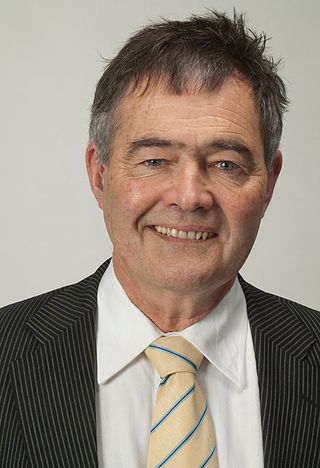
David Charles Cull was the mayor of the city of Dunedin in New Zealand. He became the 57th Mayor of Dunedin in October 2010 and was re-elected in both the 2013 mayoralty race and 2016 mayoral election. Before politics, he was a presenter for Television New Zealand and an author.
Lee Vandervis is a local-body politician who was first elected to the Dunedin City Council in the 2004 local elections. Vandervis has run for mayor in 2004, 2007, 2010, 2013, 2016, 2019 and 2022; finishing second in 2007 and 2019. Vandervis failed to win mayor again in 2022, but he was re-elected to the Council. Vandervis has often been an independent voice in council, notably opposing his own council in a protracted court battle.

David Scott Clark is a New Zealand Labour Party politician who is the Member of Parliament for Dunedin. He was the Minister of Health until July 2020, when he resigned after multiple controversies related to the response to COVID-19. Previously he had been Opposition Spokesperson for Small Business and Economic Development.

Elizabeth Dorothy Craig is a New Zealand politician and Member of Parliament in the House of Representatives for the Labour Party. As a public health physician, she has become known for her research work on child poverty.

Aaron Garth Hawkins is a New Zealand politician who served as the 58th mayor of Dunedin, New Zealand from 2019 to 2022. He was elected as Mayor on 12 October 2019 with 54.54% of the vote, after two prior terms as councillor. He is endorsed by the Green Party. He unsuccessfully stood for re-election as mayor in 2022.
Dunedin is an electorate to the New Zealand House of Representatives. It was created for the 2020 election.

The Southern District Health Board is a district health board with the focus on providing healthcare to an area covering the southern half of the South Island of New Zealand.
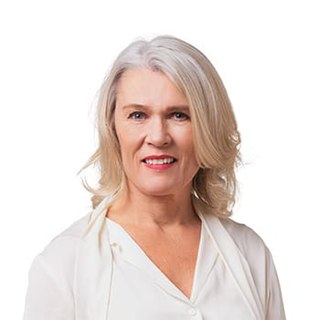
Ingrid Marieke Leary is a New Zealand politician. In 2020 she was elected as a Member of Parliament in the House of Representatives for the Labour Party.

Rachel Jane Brooking is a New Zealand Member of Parliament for the Labour Party. She first became an MP at the 2020 New Zealand general election. She is a lawyer by profession.
The Dunedin Theatre Awards are annual theatre awards in Dunedin, New Zealand. The awards were established in 2010 by director and actor Patrick Davies, and the winners are selected by a panel of theatre reviewers. The winners are selected by the Dunedin Reviewers Collective.
Jules Vincent Radich is a New Zealand politician who has served as the 59th mayor of Dunedin, New Zealand since 2022. He has also served as councillor for the Dunedin City Council since 2019. Radich also serves as deputy Chair of Infrastructure and sits as a member on the Saddle Hill Community Board.


















